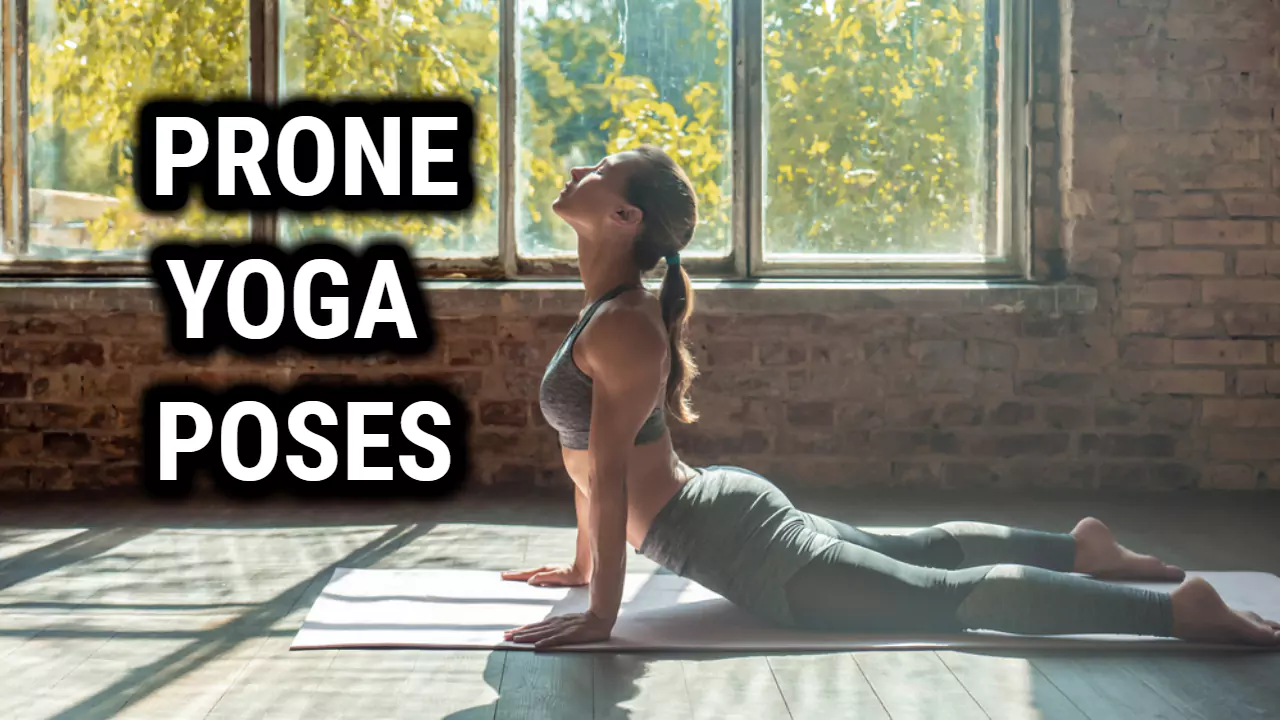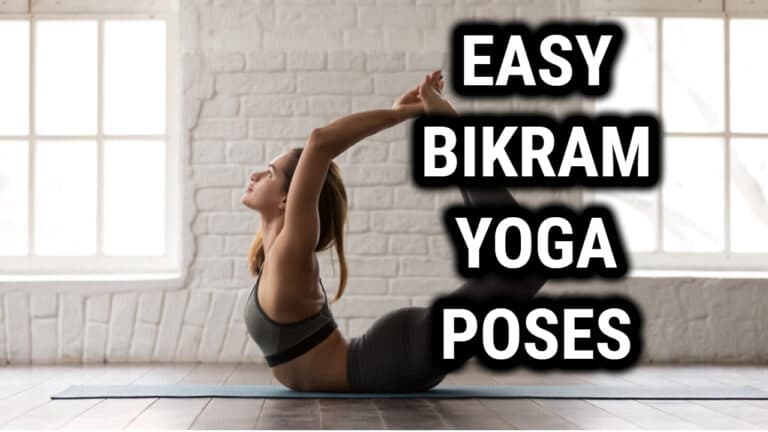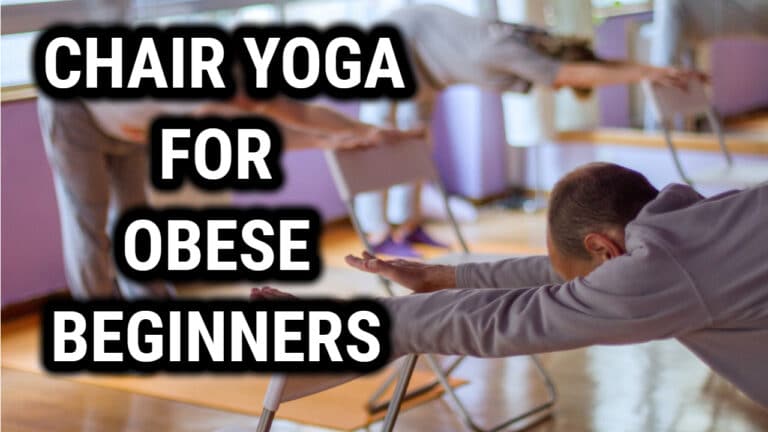Prone Yoga Poses: Strengthen Your Back and Core Muscles

Prone yoga poses are an essential part of any yoga practice. These poses are performed with the belly or torso touching or facing the floor. They are known for their ability to energize the body, tonify the kidneys, and strengthen the heart and lungs. Prone yoga poses are also great for building core body strength in the low back, abs, and gluteal muscles.
There are many different types of prone yoga poses, including backbends, heart-opening poses, and poses that aid in stretching and strengthening the back, shoulders, and hips. These poses are beginner-friendly and can be modified to suit any level of fitness. They are also great for relieving neck stiffness, reducing stress, fatigue, and anxiety, controlling blood pressure, and improving digestion.
Whether you’re a seasoned yogi or just starting out, incorporating prone yoga poses into your practice can have a profound impact on your physical and mental health. In this article, we’ll explore some of the most popular prone yoga poses, their benefits, and how to practice them safely and effectively. So, grab your mat and let’s get started!
Benefits of Prone Yoga Poses
Prone yoga poses, or poses that are performed while lying on the stomach, offer a wide range of benefits for the body and mind. Here are some of the most notable benefits:
- Improves digestion: Prone yoga poses can stimulate the digestive system and help relieve constipation, bloating, and other digestive issues. These poses can also help regulate metabolism and improve nutrient absorption.
- Relieves back pain: Prone yoga poses can help strengthen the muscles in the back and improve posture, which can alleviate back pain and tension. These poses can also help stretch the spine and increase flexibility.
- Tones the abdomen: Prone yoga poses can help tone the muscles in the abdomen and strengthen the core. These poses can also help improve circulation and stimulate the organs in the abdominal region.
- Reduces stress: Prone yoga poses can help calm the mind and reduce stress and anxiety. These poses can also help improve sleep quality and promote relaxation.
- Improves respiratory function: Prone yoga poses can help improve lung capacity and increase oxygen intake. These poses can also help alleviate respiratory issues such as asthma and bronchitis.
Overall, incorporating prone yoga poses into your yoga practice can have numerous benefits for both the body and mind. Whether you are looking to improve digestion, relieve back pain, or reduce stress, these poses can help you achieve your goals in a safe and effective way.
10 Prone Yoga Poses to Try
Prone yoga poses are excellent for strengthening your back, shoulders, and hips, as well as relieving neck stiffness, reducing stress, fatigue, and anxiety. Here are ten prone yoga poses to try:
| 1. Bhujangasana (Cobra Pose) Cobra pose is a great way to stretch the muscles in your chest, shoulders, and abdomen. It also helps to strengthen your back muscles. | 2. Salabhasana (Locust Pose) Locust pose is a great way to strengthen your lower back muscles. It also helps to improve your posture and balance. |
| 3. Dhanurasana (Bow Pose) Bow pose is a great way to stretch your chest, shoulders, and thighs. It also helps to strengthen your back muscles. | 4. Makarasana (Crocodile Pose) Crocodile pose is a great way to relax your body and mind. It also helps to relieve stress and anxiety. |
| 5. Salamba Bhujangasana (Sphinx Pose) Sphinx pose is a great way to stretch your chest, shoulders, and abdomen. It also helps to strengthen your back muscles. | 6. Urdhva Mukha Svanasana (Upward-Facing Dog Pose) Upward-facing dog pose is a great way to stretch your chest, shoulders, and abdomen. It also helps to strengthen your back muscles. |
| 7. Bitilasana (Cow Pose) Cow pose is a great way to stretch your chest, neck, and spine. It also helps to improve your posture and balance. | 8. Adho Mukha Svanasana (Downward-Facing Dog Pose) Downward-facing dog pose is a great way to stretch your hamstrings, calves, and spine. It also helps to relieve stress and anxiety. |
| 9. Anjaneyasana (Low Lunge Pose) Low lunge pose is a great way to stretch your hip flexors, quads, and hamstrings. It also helps to improve your balance and stability. | 10. Balasana (Child’s Pose) Child’s pose is a great way to relax your body and mind. It also helps to relieve stress and anxiety. |
These ten poses are just a few examples of the many prone yoga poses that you can try. Remember to always listen to your body and modify the poses as needed. With regular practice, you’ll notice improvements in your strength, flexibility, and overall well-being.
Also Read: Partner Yoga Poses – Discover The Power Of Partner Yoga
Equipment Needed For Prone Yoga Poses
When practicing prone yoga poses, the most important piece of equipment needed is a yoga mat. It provides cushioning and support during your practice and helps you maintain balance in each pose. Yoga mats come in a variety of thicknesses and sizes, so it’s important to choose one that suits your body size and needs. Additionally, yoga blocks, straps, and towels can be incredibly helpful for providing stability throughout your practice.
Yoga blocks can be used to deepen stretches or help support you in more challenging poses. They are especially helpful for those who are new to yoga, as they can provide extra stability while learning the correct form and alignment of the poses. Similarly, yoga straps can be beneficial for helping to increase flexibility by slowly reaching further into a stretch.
Equipping yourself with the right tools will make your practice safer and more enjoyable overall. So make sure you have all the necessary items before getting started with your prone yoga poses!
Precautions to Keep in Mind
Practicing yoga can bring many benefits to your physical, mental, and emotional health. However, it is important to keep in mind some precautions to avoid any injuries or discomfort while practicing prone yoga poses.
- Consult with your doctor: If you are pregnant or have recent abdominal surgery, avoid all belly down poses or consult with your doctor before attempting these asanas.
- Listen to your body: It is essential to listen to what your body and breath are telling you. If you feel any discomfort, pain, or difficulty breathing, scale back or adjust your practice accordingly.
- Use props: Use props if needed for support. For example, a rolled-up blanket or bolster under your hips or thighs can help you maintain proper alignment and avoid excessive pressure on your lower abdomen or hip bones.
- Warm-up: Always warm up your body before practicing prone yoga poses. Start with some gentle stretches, such as cat-cow or child’s pose, to prepare your spine and muscles for the poses.
- Avoid overstretching: Avoid overstretching your body, especially your lower back and neck, in prone yoga poses. Instead, focus on maintaining a neutral spine and engaging your core muscles to support your body.
By keeping these precautions in mind, you can practice prone yoga poses safely and enjoy the benefits of a regular yoga practice. Remember to always listen to your body, use props if needed, and consult with your doctor if you have any concerns or medical conditions.
Related Read: Power Yoga Sequence: 10 Poses to Build Strength and Flexibility
Conclusion
Prone yoga poses are a great way to energize your body and strengthen your back muscles. These poses can help improve your posture and alleviate back pain. Incorporating prone poses into your yoga practice can help you achieve a balanced and healthy body.
Some of the most popular prone yoga poses include Shalabhasana, Dhanurasana, and Bhujangasana. These poses can help you improve your flexibility, increase your lung capacity, and reduce stress and anxiety.
It is important to remember that yoga is a practice that requires patience and commitment. It may take some time to master these poses, but with regular practice, you can achieve great results. Remember to listen to your body and never push yourself beyond your limits.
Overall, prone yoga poses are a great addition to any yoga practice. They offer a variety of benefits for both the body and mind. Whether you are a beginner or an experienced yogi, incorporating prone poses into your practice can help you achieve a deeper connection with your body and improve your overall well-being.






